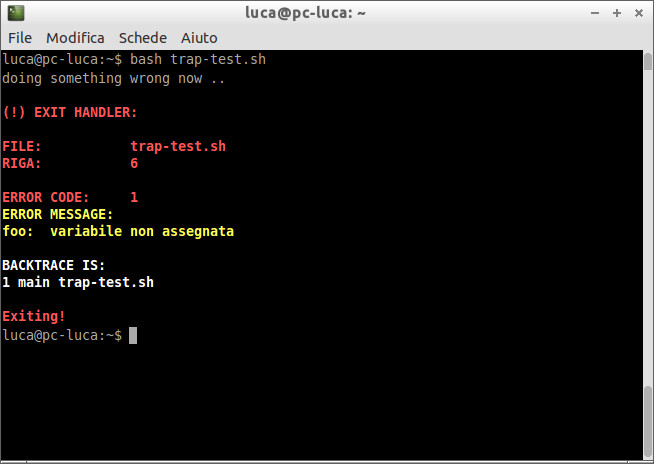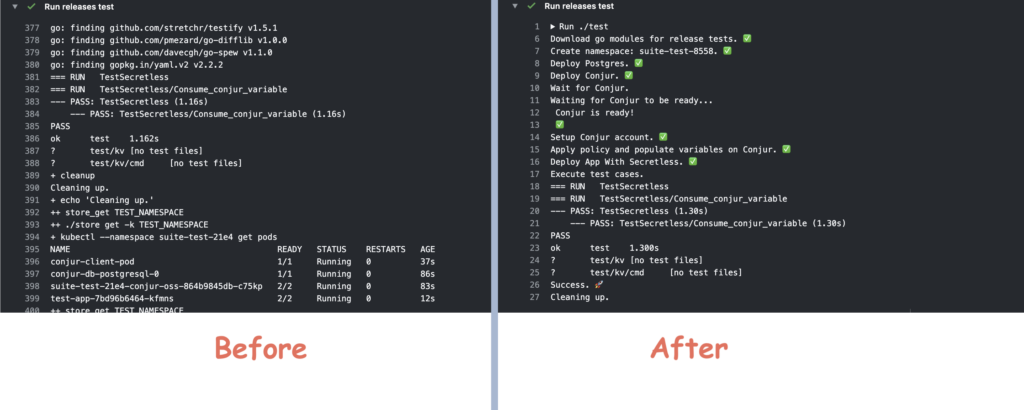Here are some efficient methods for structuring Bash scripts for Linux environments.
Use Proper Syntax and Structure

- Start scripts with
#!/usr/bin/env bashfor better portability[2]. - Use
.shor.bashextensions for script files to improve clarity[3]. - Place all code within functions, with a
mainfunction as the entry point[1].
Optimize Variable Usage

- Use lowercase for variable names unless they’re exported to the environment[1].
- Always use
localwhen setting variables within functions[1]. - Surround variables with curly braces:
${variable}for clarity and to avoid ambiguity[2].
Implement Error Handling and Debugging

- Use
set -o errexit(orset -e) to exit when a command fails[2]. - Implement
set -o nounset(orset -u) to catch undeclared variables[2]. - Add
set -o xtrace(orset -x) for debugging, controlled by a$TRACEvariable[3].
Improve Script Robustness

- Use
set -o pipefailto catch errors in piped commands[2]. - Always quote variable expansions:
"${variable}"[1][3]. - Use
[[ ]]for conditionals instead of[ ]ortest[3].
Enhance Readability and Maintainability

- Use long options for commands (e.g.,
logger --priorityinstead oflogger -p) for better readability[2]. - Add a help option that responds to
-h,--help,help, etc.[3]. - Use descriptive variable and function names[6].
Optimize Performance
- Prefer Bash built-ins over external commands when possible[1].
- Use
printfinstead ofechofor more powerful and consistent output[1].
Handle Input and Output Properly

- Redirect error messages to stderr:
echo "Error message" >&2[3]. - Use
getoptsorgetoptfor parsing command-line options[4].
Follow Best Practices for Specific Scenarios
- Use
mktempfor temporary files and set up proper cleanup with traps[1]. - For configuration, source a config file after setting default variables[4].
By following these practices, you can create more efficient, readable, and maintainable Bash scripts. Remember to maintain consistency in your coding style and patterns throughout your scripts.
Citations:
[1] https://faun.pub/best-practices-for-writing-bash-scripts-b72fe4099b0?gi=78e3012cb0b8
[2] https://kvz.io/blog/bash-best-practices.html
[3] https://sharats.me/posts/shell-script-best-practices/
[4] https://stackoverflow.com/questions/78497/design-patterns-or-best-practices-for-shell-scripts
[5] https://dev.to/unfor19/writing-bash-scripts-like-a-pro-part-1-styling-guide-4bin
[6] https://www.reddit.com/r/bash/comments/17fj8x0/my_tips_and_tricks_for_bash_scripting_after/

